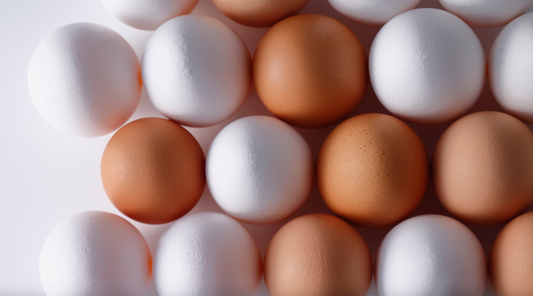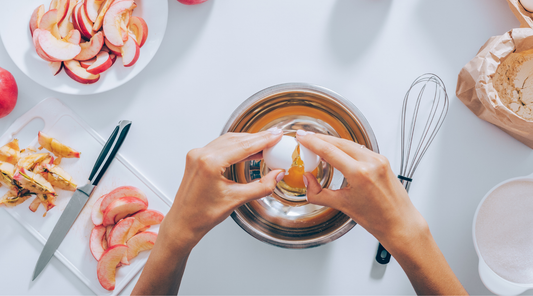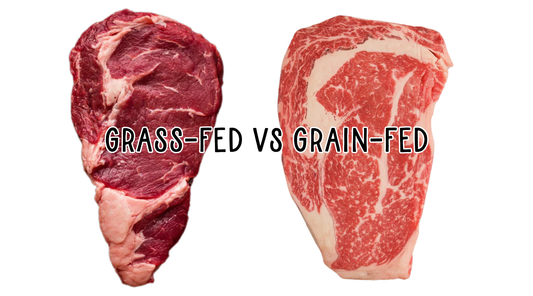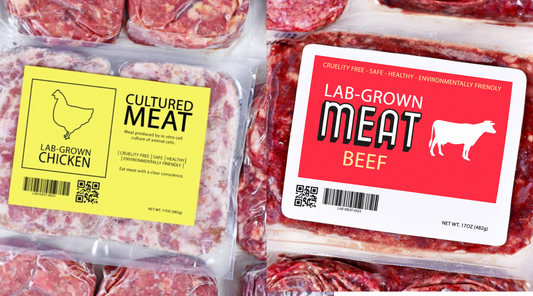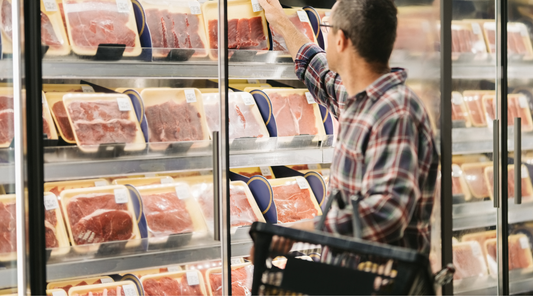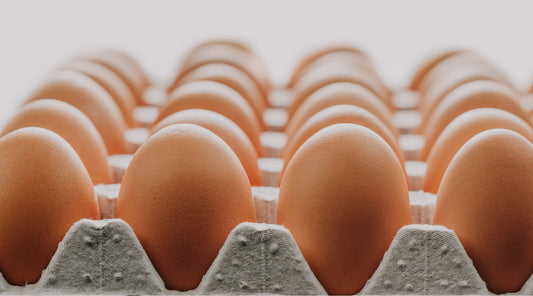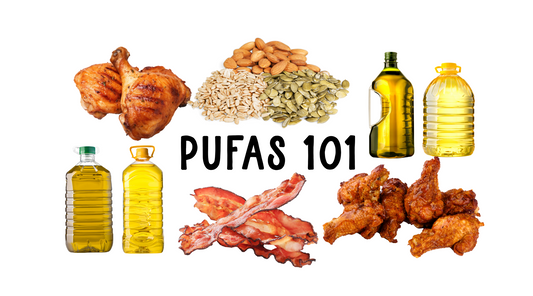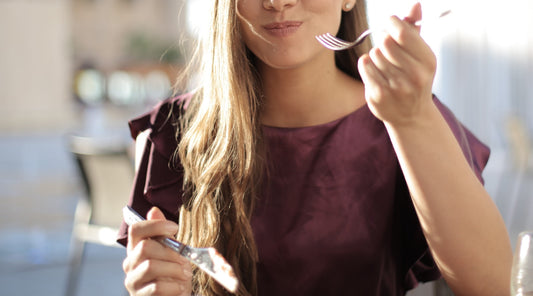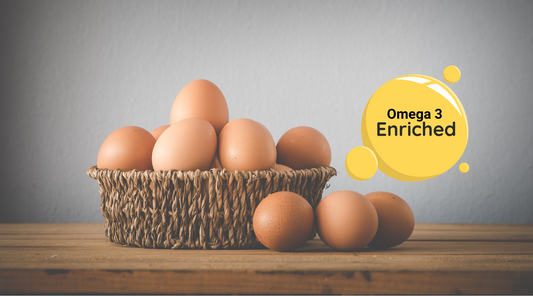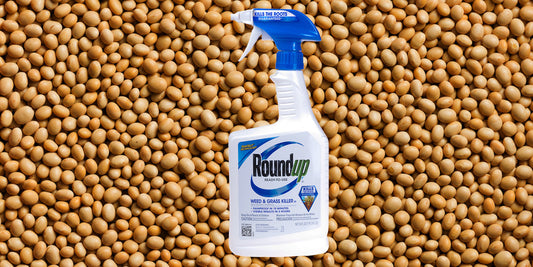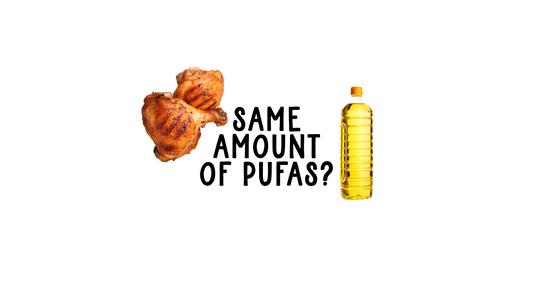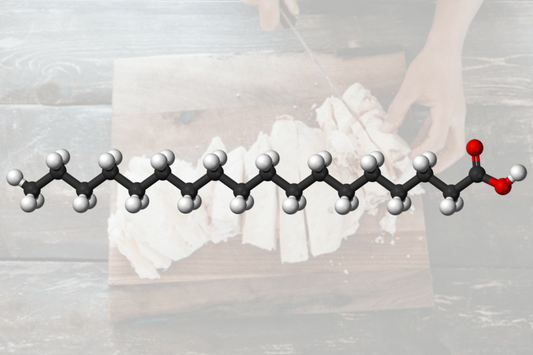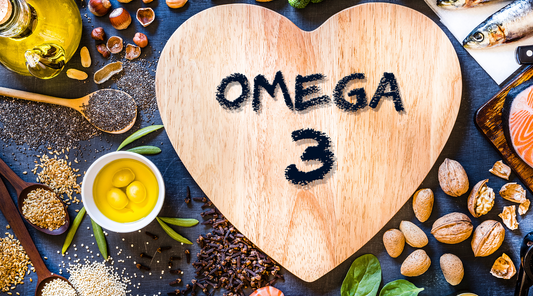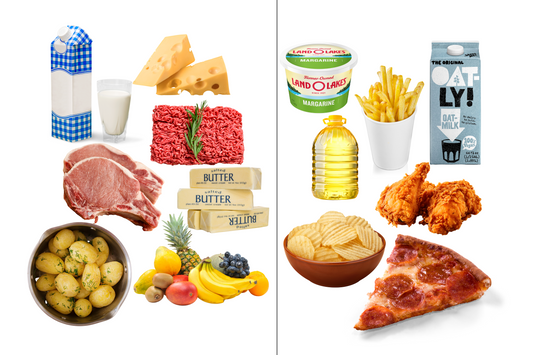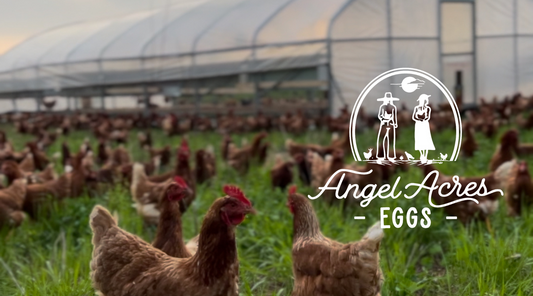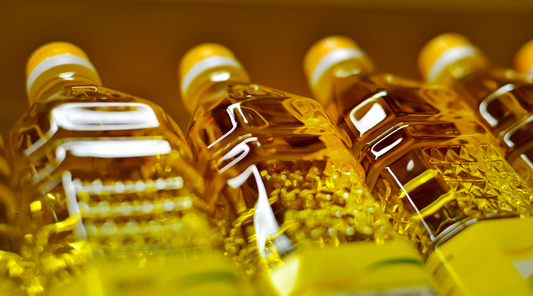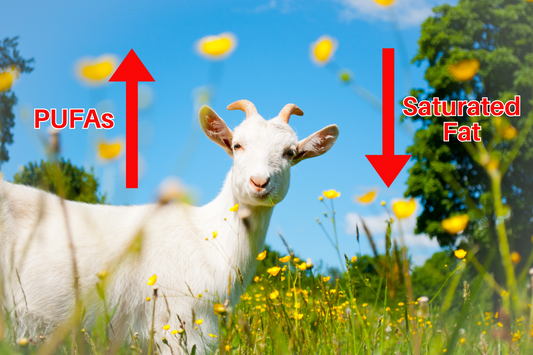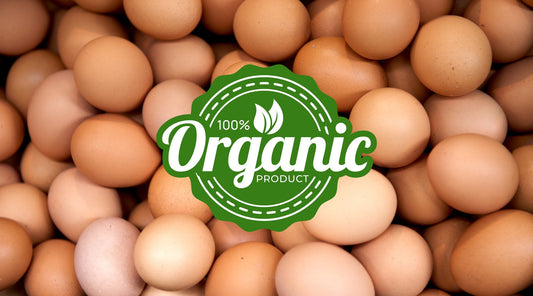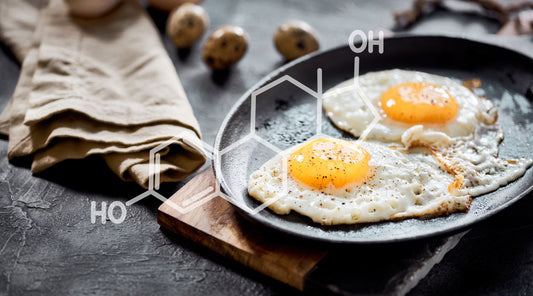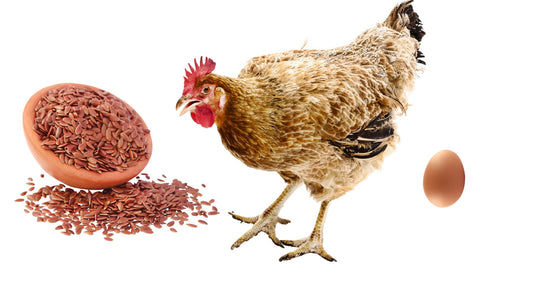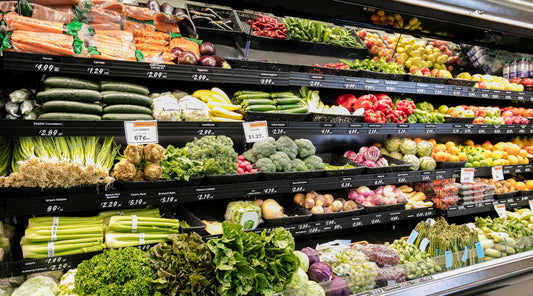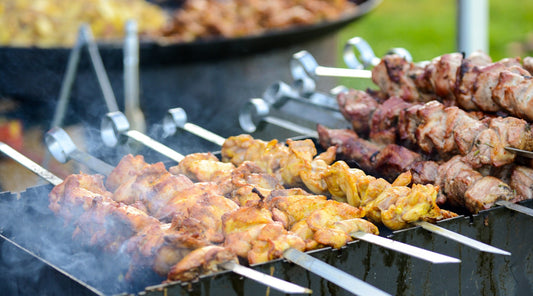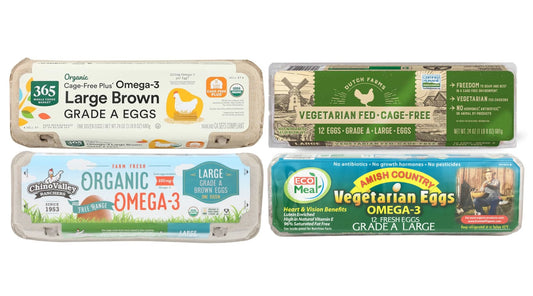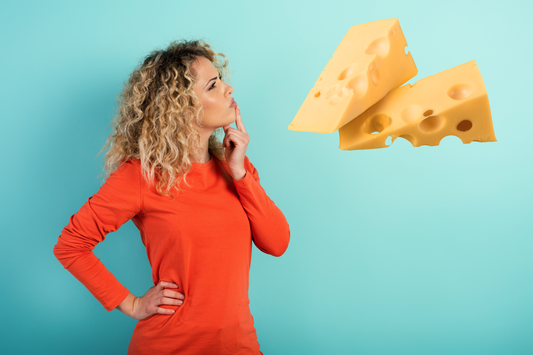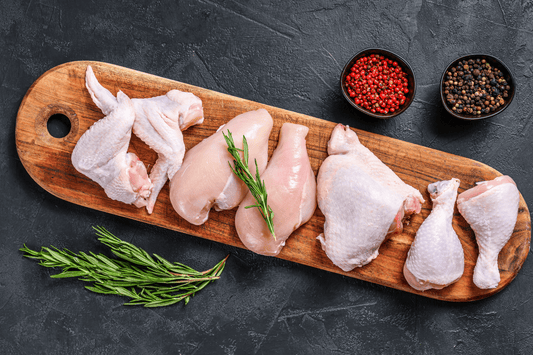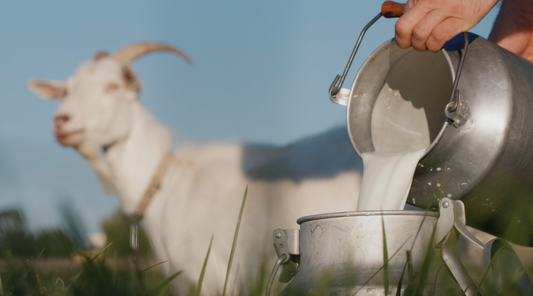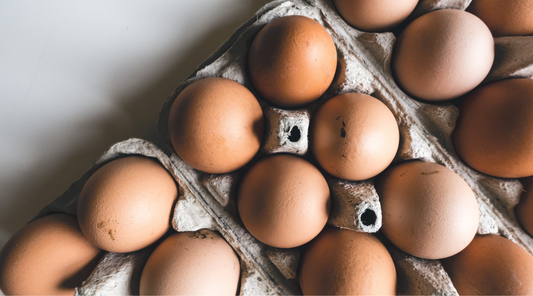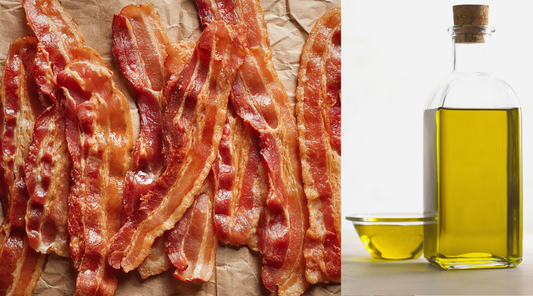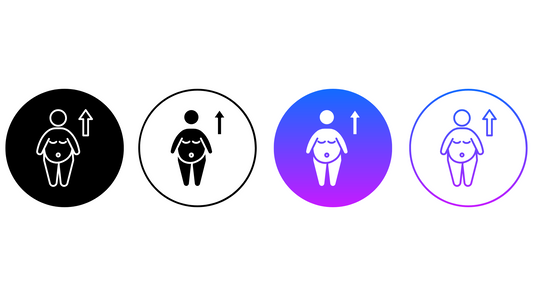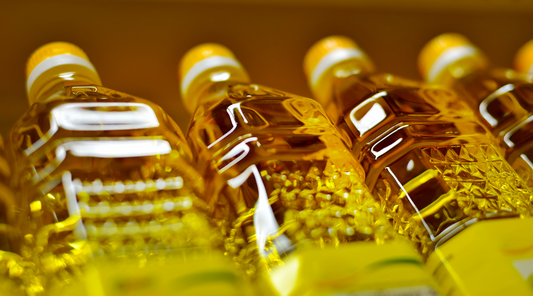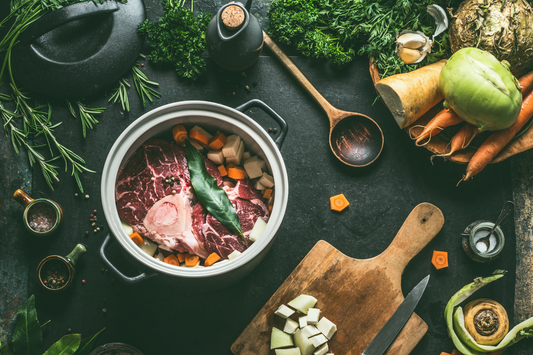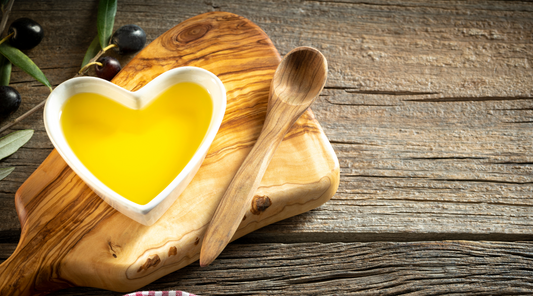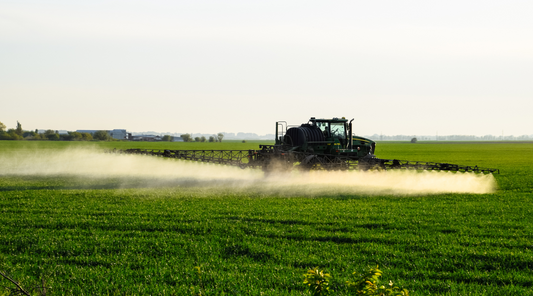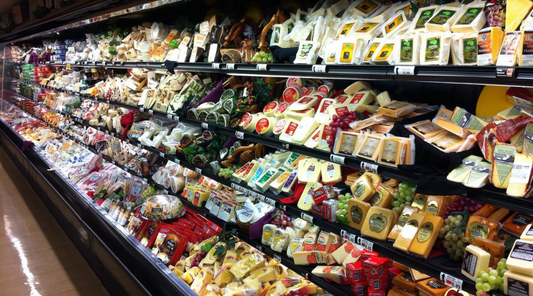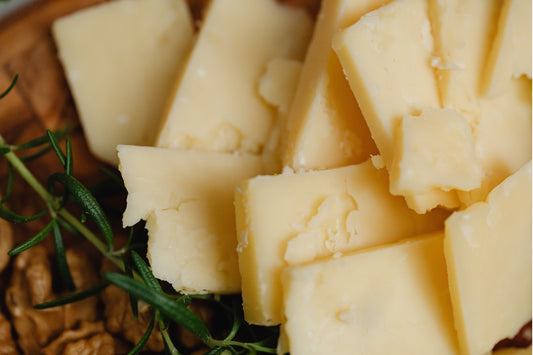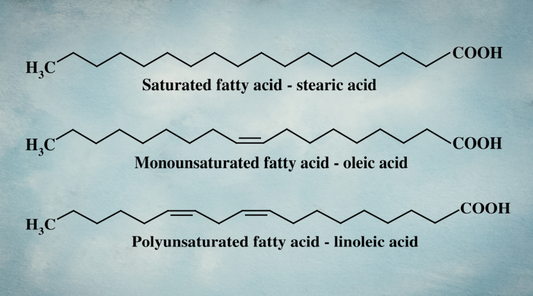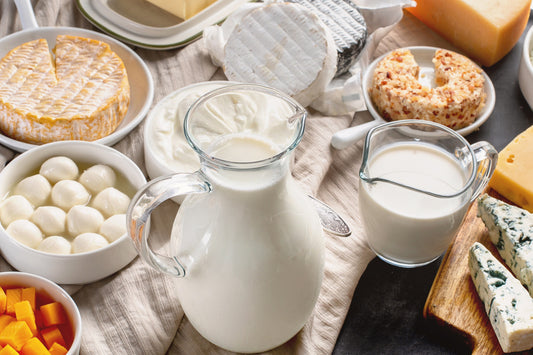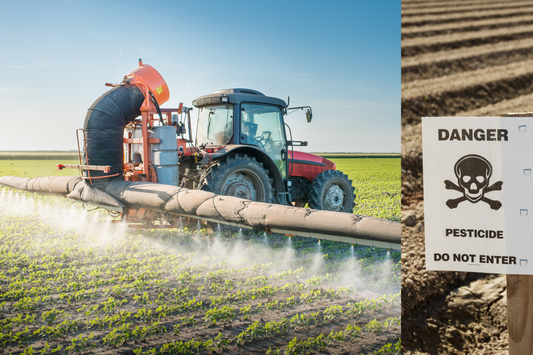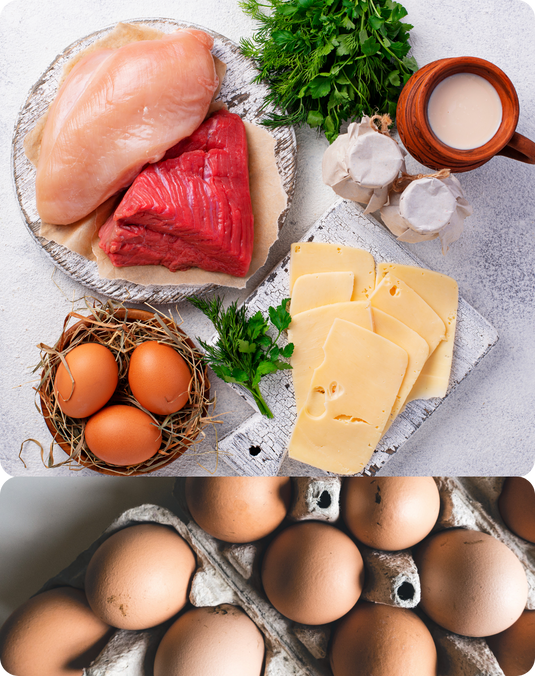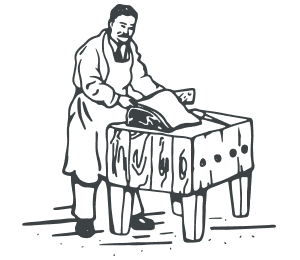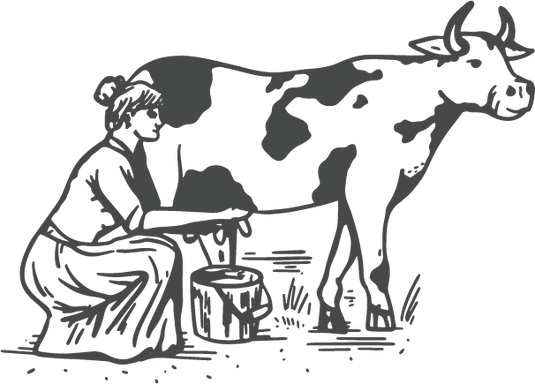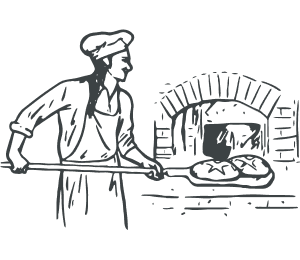
Are Orange Egg Yolks Healthier?
Let’s clear something up: orange yolks have been marketed as a sign of superior nutrition or pasture-raising.
But here’s what most companies won’t tell you:
Yolk color can be manipulated…just like choosing paint from a color swatch.
How Yolk Color Is Controlled
Many commercial egg producers literally use a yolk color fan, like the DSM YolkFan™, to match yolks to a desired shade: based on what looks good, not what’s best for your health.
That means a hen raised in a cage, never seeing the sun or a single blade of grass, can still lay an egg with a vibrant orange yolk, as long as her feed is engineered to do so.
What Makes a Yolk Orange?
Egg yolk color comes from pigments in the hen’s diet—primarily xanthophylls, a type of carotenoid that includes lutein and zeaxanthin.
To create deeper orange yolks, many producers add ingredients to the feed such as:
-
🌼 Marigold petals or extracts
-
🌿 Alfalfa
-
🌽 Corn gluten meal
-
🌶 Paprika or red pepper extract
-
🧪 Synthetic pigments (often derived from petrochemicals or produced by genetically engineered microbes)
There’s nothing wrong with natural additives like marigold or alfalfa.
The problem is they’re used to fake the look of a pasture-raised egg.
Even hens raised in confinement, fed soy and seed oils, can lay vibrant orange yolks thanks to these feed tricks.
Yolk color has become a marketing tool, masking poor diets and living conditions with a splash of pigment.
Color ≠ Nutrition
So the truth is, a deep orange yolk doesn’t guarantee a nutrient-dense egg.
It’s a common belief on social media, but most people don’t realize the industry loopholes behind yolk color.
An orange yolk could come from a hen:
-
Raised entirely indoors
-
Fed a high-PUFA diet (corn, soy, seed oils)
-
Never touched fresh pasture
-
Given synthetic additives to boost color, but not nutrition
So while bright yolks look healthy, they don’t always reflect the quality of the hen’s life or diet.
And the real irony?
The yolks from truly healthy, pasture-raised hens can vary in color throughout the year.
Cool-season grasses have fewer carotenoids than summer forage.
Less sun means less pigment-rich plants.
So sometimes, a slightly pale yolk is actually a sign of real farming, not feed manipulation and deceptive marketing.
What Really Matters in an Egg
Instead of judging by color alone, here’s what to consider:
-
The full diet of the hen
-
The fatty acid profile of the egg (impacted by PUFA levels in feed)
-
Whether she had access to fresh, diverse pasture
Real Nutrition = How a Chicken is Raised & What the Chicken Eats
What We Do at Angel Acres Egg Club
Our hens live outdoors and are rotated to fresh grass in their mobile coops, where they forage and eat a seasonal, species-appropriate diet.
This means sometimes their yolks are deep orange. And other times, they’re more pale.
Why the variation?
Because not all grasses and forages contain the same pigments. Cool-season grasses, for example, naturally have fewer carotenoids than warm-season ones.
But that doesn’t make the egg less nutritious, it just means the chicken didn’t eat a pigment-rich plant that day.
🌱 Real Food Reflects Nature
At Angel Acres, we don’t chase uniformity or rely on color-enhancing tricks.
We focus on real farming, not manufactured marketing.
So no, our yolks aren’t always the same shade of orange.
And that’s exactly the point.
We’re not here to trick your eye. We’re here to nourish your body, with food you can trust.
→ Shop Pasture-Raised, Low PUFA Eggs





